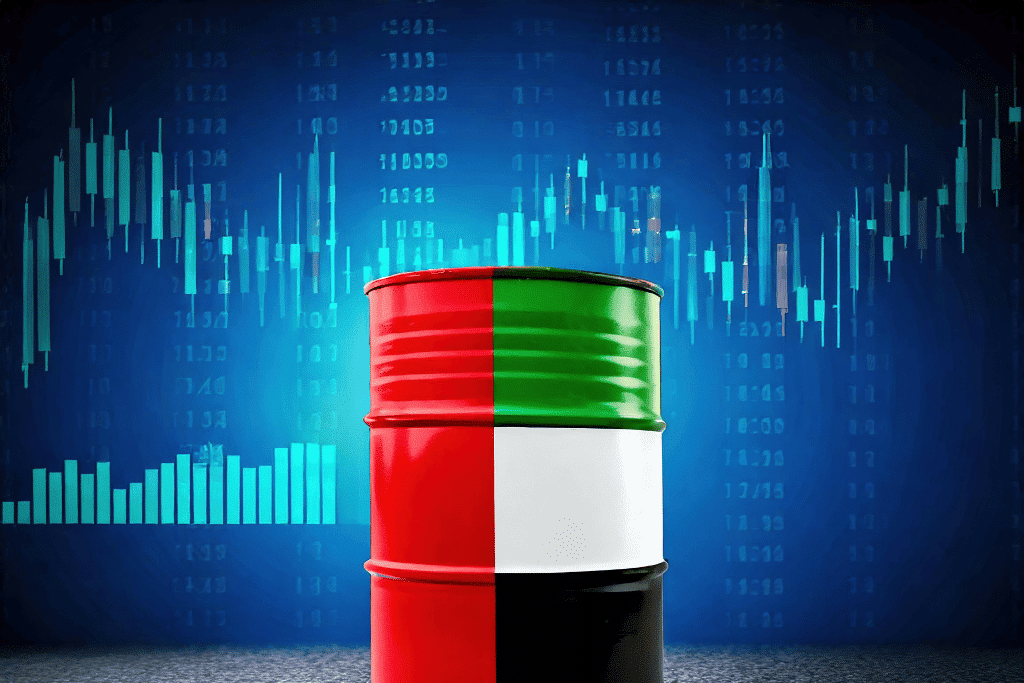
How much of the UAE’s oil flows through the Strait of Hormuz, and what are the alternatives?
Adnoc exports nearly half of its oil through the strait
The crucial role the Strait of Hormuz plays in the flow of crude oil from the region has taken center stage since Israel first attacked Iran earlier this month. With the possibility of the closure growing very real this week, after Iran’s parliament reportedly voted for its closure as retaliation against the US and Israel following the US’ attack on Iran’s nuclear sites, we take a look at the UAE’s alternatives for oil exports — and how practical they would be in the event of the strait’s closure.
(** Tap or click the headline above to read this story with all of the links to our background and outside sources.)
DISCLAIMER- Even before US president Donald Trump announced a ceasefire between Iran and Israel, the consensus among analysts was that the closure of the strait would be an unlikely scenario, as it would put Iran in a difficult position with China, which is a key Iranian ally and receives most of its oil through the strait.
By the numbers: About 30% of the world’s daily oil supply and 20% of global LNG trade pass through the strait. The UAE moves about 1.5 mn bbl/d out of its 2.8 mn bb/d exports through the strait, Mees reported.
The UAE currently only has one option for bypassing the strait: The Adcop — or the Habshan-Fujairah pipeline — connects Adnoc’s Habshan crude oil processing plant in Abu Dhabi with the nation’s Fujairah export terminal on the Indian Ocean, bypassing the Strait, Mees reported. The pipeline has a capacity of 1.8 mn bbl/d — about 67% of the 2.85 mn bbl/d of crude oil exported from the Emirates this year.
The catch: The pipeline only links to Adnoc’s Murban onshore fields, leaving offshore-sourced crude reliant on the strait for market access. This means that about half of the UAE’s crude exports — 1.5 mn bb/d of offshore production — wouldn’t be up for diversion through Adcop, which would force the UAE to up its production from the onshore Murban facilities.
The good news is: The UAE is working on new alternatives. Adnoc is developing a USD 3 bn 1.5 mn bbl/d crude oil pipeline to link up its Ruwais’ Jebel Dhanna terminal with Fujiairah, but it won’t be operational until 2027. The Emirates would see its bypassing capacity almost doubled when the project is operational.
Any measure to restrict movement in the Strait of Hormuz would “paralyze the [Arabian] gulf and impact the entire world,” Iraqi economist Hilal al-Taan told Shafaq News. Notable ports like UAE’s Jebel Ali, along with oil-reliant nations Iraq, Bahrain, and Kuwait will incur catastrophic financial losses, al-Taan said. While the UAE and KSA have alternative routes, Iraq, Kuwait, Qatar and Bahrain are wholly dependent on the strait for their energy exports, leaving them as the most vulnerable for the closure.
The strait’s closure would also likely shock oil markets, with Bloomberg analysts crude estimating a rise in oil prices to USD 130 per barrel in that scenario.
By: 23 June 2025
